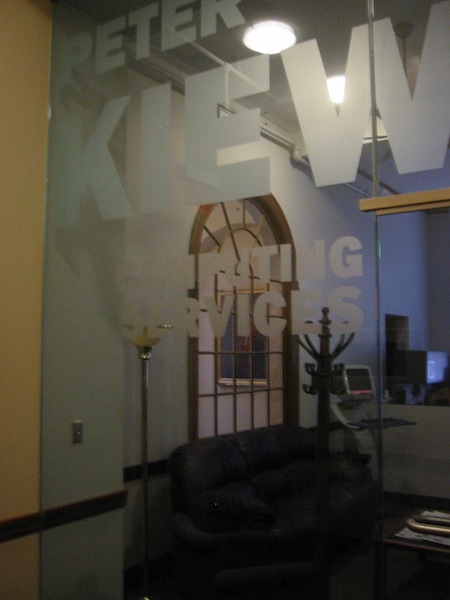TimberHomes LLC writes:
On a warm late-October day students and staff from Dartmouth College joined the TimberHomes LLC crew to raise the Fullington Barn, a 26’x36′ timber frame structure that will be used for farm related tasks and storage. Over the course of the next two weeks students and staff will continue to work with us to “finish” the frame by installing the roof & siding material, windows & doors, and also creating an insulated room.
The Dartmouth reports on the project, and Dartmouth’s Flickr photostream has a photo. (Dartmouth is also building a 9×12 privy for two composting toilets out there, according to the Hanover Planning Board minutes of August 21, 2012, pdf.)
This barn-raising is not the first for the college. Eleazar Wheelock wrote of the period ending September 10, 1772:
I have now finished (so far as to render comfortable and decent) the building to accommodate my students, of eighty by thirty-two feet, and have done it in the plainest and cheapest manner, which furnishes sixteen comfortable rooms, besides a kitchen, hall, and store-room. I have also built a saw-mill and grist-mill, which appear to be well done, and are the property of the school, and will likely afford a pretty annual income to it. I have also built two barns, one of twenty-eight by thirty-two feet, the other of fifty-five by forty, and fifteen feet post.
Those are very interesting details, but it gets even better:
I have also raised, and expect to finish, within a few days, a malt-house of thirty feet square, and several other lesser buildings which were found necessary. I have cleared, and in a good measure fitted for improvement, about seventy or eighty acres of land, and seeded with English grain about twenty acres, from which I have taken at the late harvest, what was esteemed a good crop, considering the land was so lately laid open to the sun. I have cut what is judged to be equal to fourteen or fifteen tons of good hay, which I stacked, by which the expense of supporting a team and cows the ensuing winter may be considerably lessened. I have also about eighteen acres of Indian corn now on the ground, which promises a good crop. My laborers are preparing more lands for improvement; some to sow with English grain this fall, and others for pasturing[.]
The Malthouse, which stood near where Wheeler Hall now stands, would have been used to prepare English grain (and corn?) for brewing in the Brewhouse:
A little more than three Years ago, there was nothing to be seen here but a horrid Wilderness, now there are eleven comfortable Dwelling-Houses (besides the large one I built for my Students, and other necessary Buildings, as Barns, Malt House, Brew-House, Shops, &c.) and some of them reputable ones, built by Tradesmen, and such as have settled in some Connection with, and have been admitted for the Benefit of this School, and the most of them near finished, and all expect to be habitable and comfortable before Winter, and all within Sixty Rods of the College[.]
It is not known where the Brewhouse stood, but it would have been on or near the Green. Wheelock also described that building, or a pair of buildings, as the “brew and bake house.”
————————

